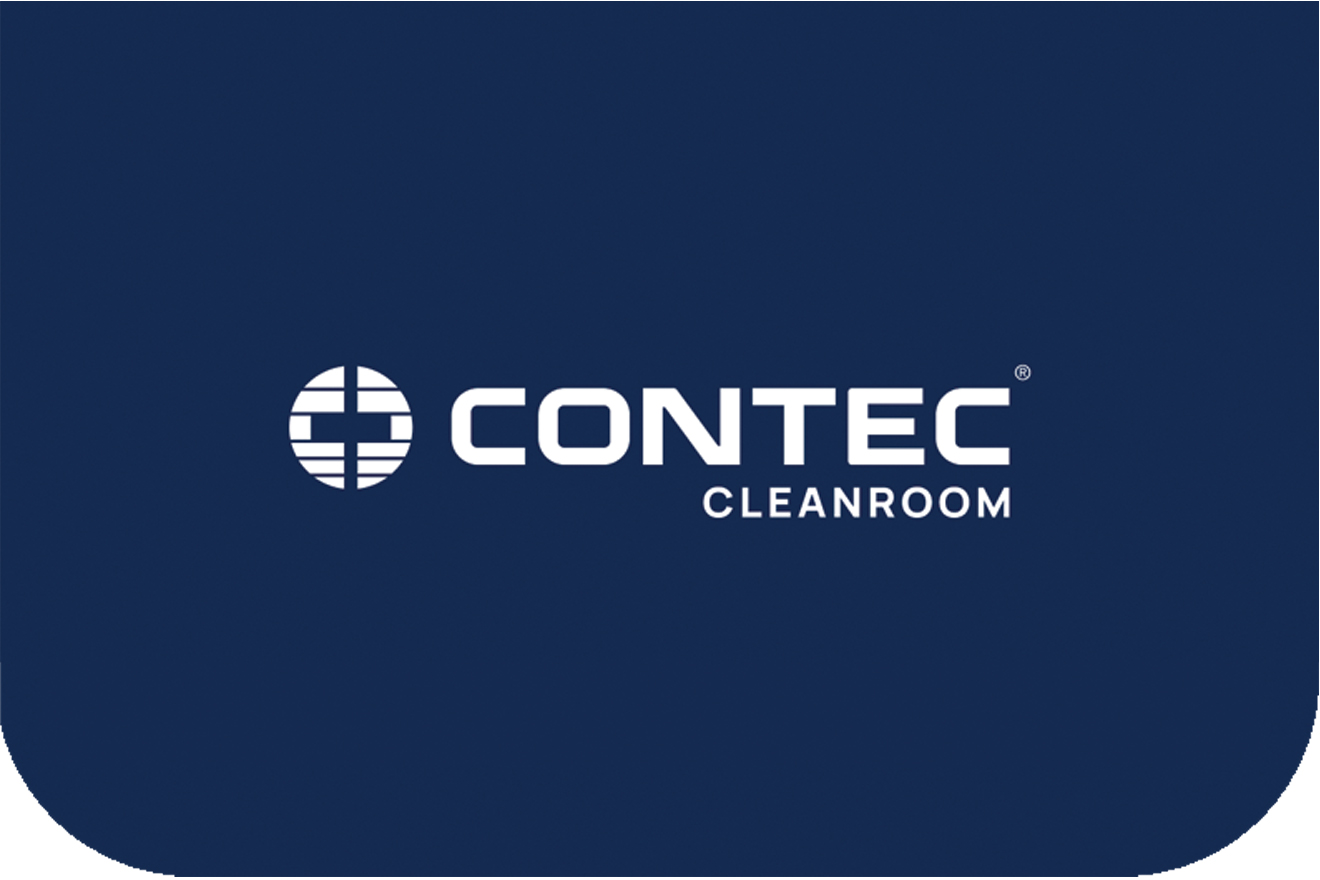A successful cleanroom disinfectant needs to meet many criteria, not only in terms of its efficacy but also in terms of packaging, ease of use and operator acceptability. Much has been written on how to specify and select a cleanroom disinfectant and this article therefore provides a brief overview of requirements that will help when comparing available chlorine disinfectant chemistries.
Taking as a given good broad spectrum efficacy, including highly resistant bacterial spores, the requirements for the ideal cleanroom disinfectant are quite lengthy: a sterile option for grade A and B environments;1 non-inflammable so can it be used over large areas with no health and safety concerns; also fast drying with short contact times to reduce the time taken for biodecontamination. However, in our ideal world this cannot be traded for problems with equipment or our operators, or the wider environment in terms of disposal.

